Table of Contents
Introduction
The top 5 spices for chicken soup are black pepper, thyme, bay leaves, garlic, and paprika. These ingredients create balanced flavor without overpowering the broth. Each spice plays a specific role in enhancing aroma, depth, and warmth. This guide explains exactly how to use them for restaurant-quality results at home.
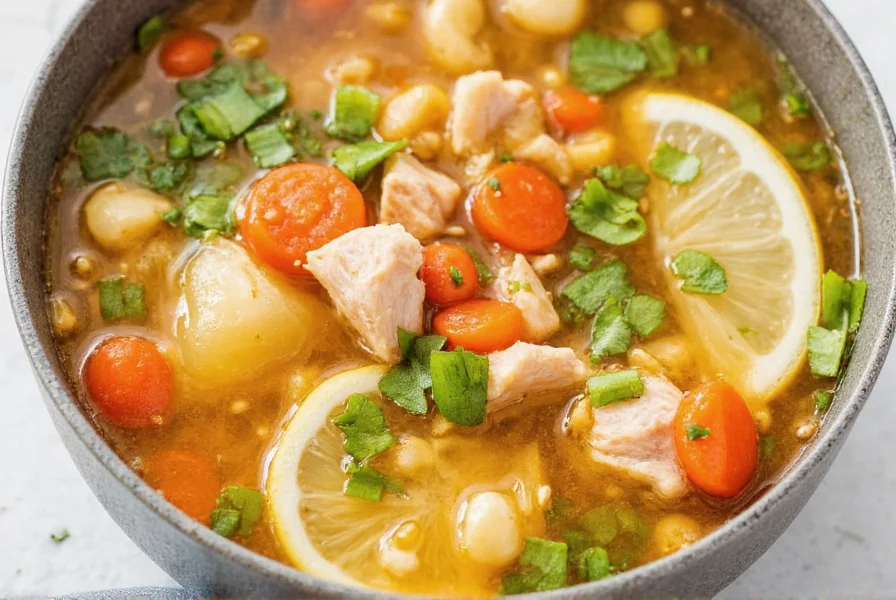
Top 5 Spices for Chicken Soup
These five spices form the foundation of perfect chicken soup. Use these measurements per 4-6 cups of broth as a starting point:
- Black pepper: 1/4 teaspoon ground or 2-3 whole peppercorns
- Thyme: 1/2 teaspoon dried or 1 tablespoon fresh
- Bay leaves: 1-2 leaves (remove before serving)
- Garlic: 2-3 cloves minced or crushed
- Paprika: 1/2 teaspoon sweet or smoked
Black Pepper
Essential for flavor enhancement. Adds subtle heat without dominating. Use ground pepper for quick infusion or whole peppercorns for gradual flavor release. Add at the beginning of cooking.
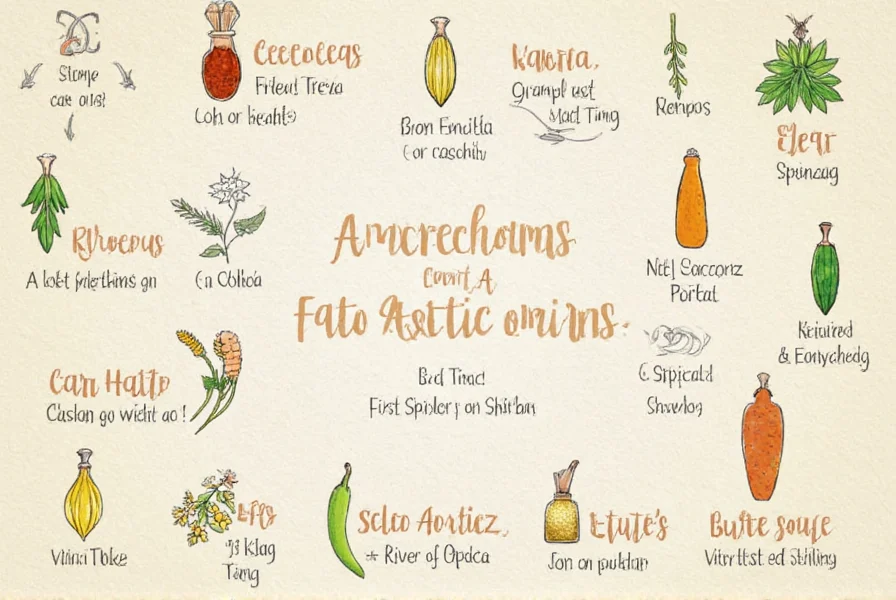
Thyme
Provides earthy, herbal notes that define traditional chicken soup. Dried thyme works best for long-simmered soups. Add midway through cooking to preserve aroma.

Bay Leaves
Imparts subtle bitterness that balances sweetness. Use only 1-2 leaves per pot. Add at the start of cooking and remove before serving.
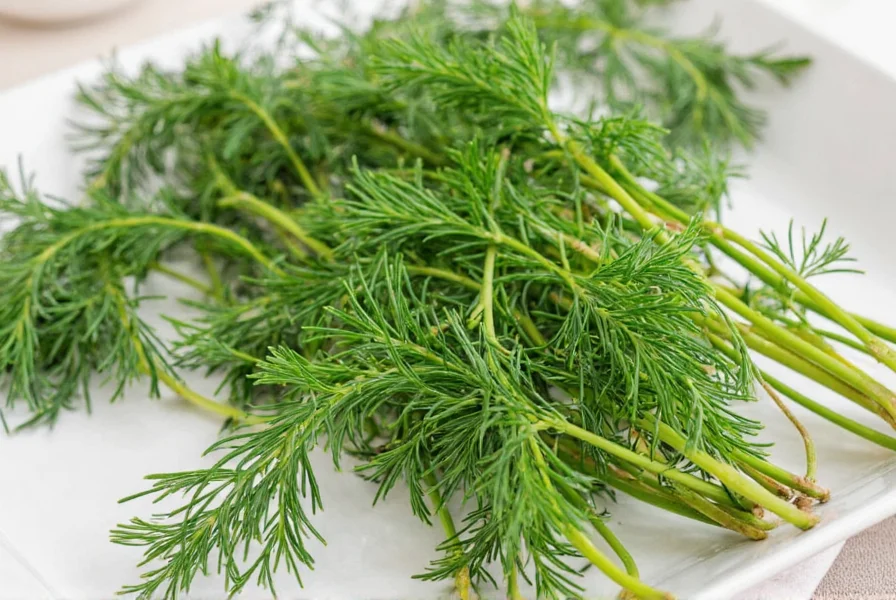
Garlic
Creates savory depth and umami. Roast whole cloves for milder flavor or sauté minced garlic at the beginning for stronger taste. Never add raw garlic at the end—it becomes bitter.

Paprika
Adds color and warmth. Sweet paprika provides mild sweetness; smoked paprika adds depth. Stir in during the last 10 minutes of cooking to preserve flavor and vibrant color.
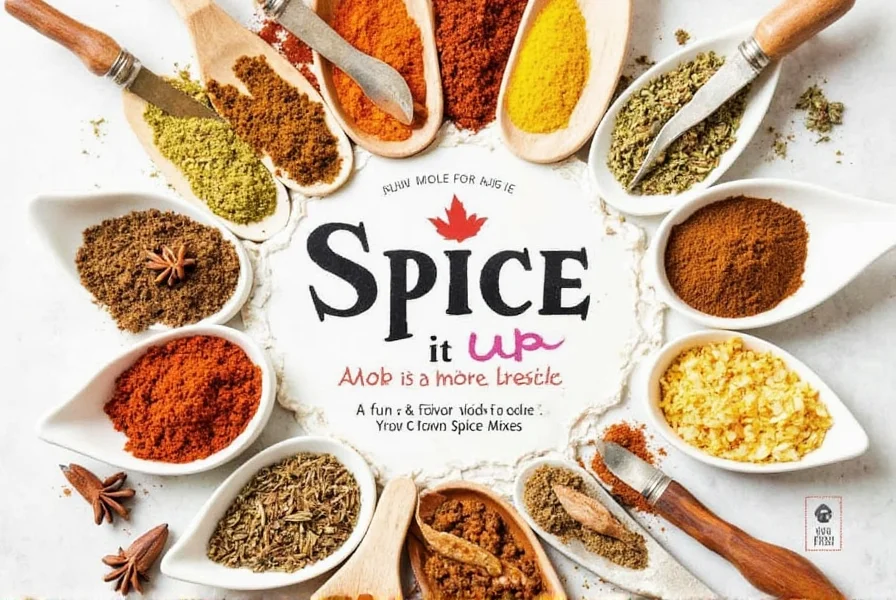
How to Use Spices in Chicken Soup
Timing and technique matter for optimal flavor:
- Start with aromatics: Sauté garlic and onions before adding broth
- Add hard spices first: Bay leaves, peppercorns, and dried herbs go in at the beginning
- Add delicate spices last: Paprika and fresh herbs go in the final 10-15 minutes
- Toast whole spices: Briefly toast cumin or coriander seeds before grinding for richer flavor
- Taste and adjust: Always season gradually—add 1/4 teaspoon at a time
| Spice Type | When to Add | Amount per 4 cups broth |
|---|---|---|
| Bay leaves | Start of cooking | 1-2 leaves |
| Black pepper (whole) | Start of cooking | 2-3 peppercorns |
| Thyme (dried) | Midway through cooking | 1/2 teaspoon |
| Garlic | Start of cooking | 2-3 cloves |
| Paprika | Last 10 minutes | 1/2 teaspoon |
Spice Combinations That Elevate Your Soup
These proven combinations create layered flavors:
- Classic Comfort: Thyme + Bay Leaves + Black Pepper
- Smoky Depth: Smoked Paprika + Garlic + Cumin
- Herbal Brightness: Fresh Thyme + Lemon Zest + Parsley
- Mediterranean Twist: Oregano + Rosemary + Garlic
Storage and Selection Tips
Maximize spice freshness and potency:
- Storage: Keep in airtight containers away from heat and light. Whole spices last 3-4 years; ground spices 2-3 years.
- Buying: Choose spices with vibrant color and strong aroma. Avoid dusty or stale-smelling containers.
- Testing freshness: Crush a small amount—fresh spices should release strong fragrance immediately.
- Pro tip: Buy whole spices and grind them yourself for maximum flavor.
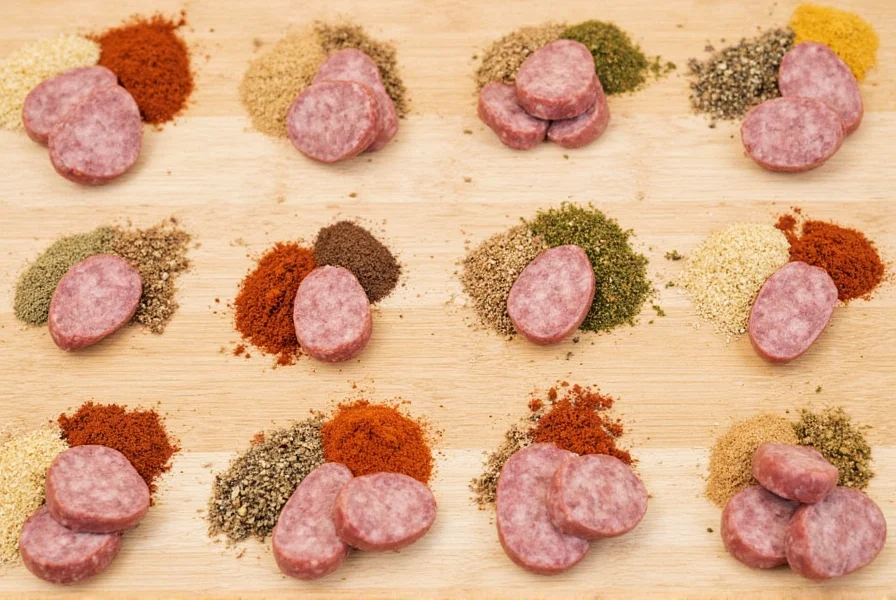
Frequently Asked Questions
What are the essential spices for chicken soup?
The 5 essential spices are black pepper, thyme, bay leaves, garlic, and paprika. These create balanced flavor without overpowering the broth. For most recipes, use 1/4 tsp ground pepper, 1/2 tsp dried thyme, 1-2 bay leaves, 2-3 garlic cloves, and 1/2 tsp paprika per 4 cups of broth.
When should I add spices to chicken soup?
Hard spices like bay leaves and peppercorns go in at the start. Dried herbs like thyme should be added midway. Delicate spices like paprika and fresh herbs go in the last 10 minutes to preserve flavor and color.
Can I use dried herbs instead of fresh?
Yes, dried herbs are better for long-simmered soups. Use 1/3 the amount of dried herbs compared to fresh (e.g., 1 tsp dried thyme = 3 tsp fresh). Dried herbs release flavor slowly during cooking.
How do I know if my spices are fresh?
Crush a small amount between your fingers. Fresh spices release strong, aromatic fragrance immediately. Stale spices smell weak or dusty. Color fading is also a sign—bright red paprika should be vibrant, not dull.
What if I don't have all five spices?
Bay leaves and garlic are most critical for depth. If missing, use 1 tsp dried thyme + 1/2 tsp paprika as minimum base. For garlic-free versions, try 1/4 tsp asafoetida (hing) for savory depth.
Conclusion
Mastering these five spices transforms chicken soup from basic to extraordinary. Remember: start with small amounts, add spices at the right time, and taste as you go. With these proven techniques, you'll create consistently flavorful, comforting soup that rivals any restaurant version.
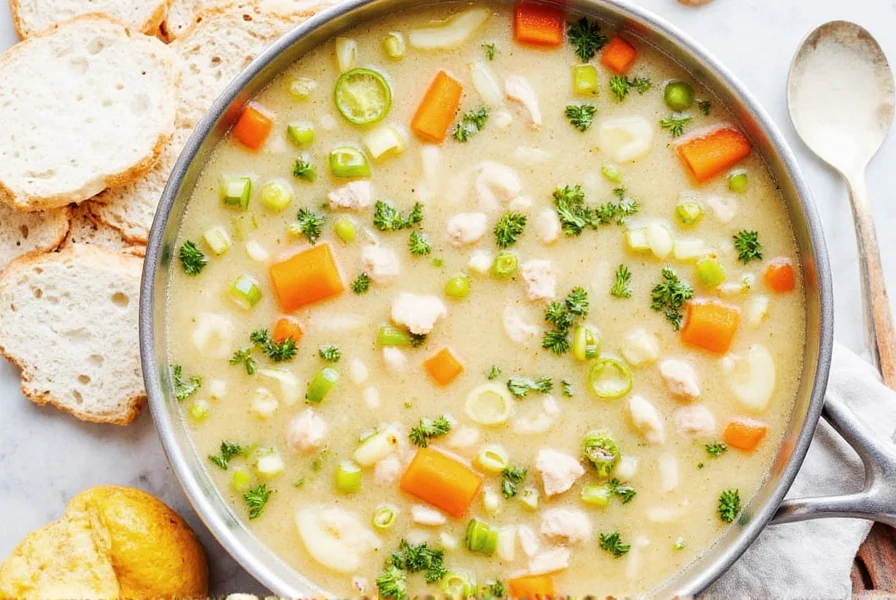

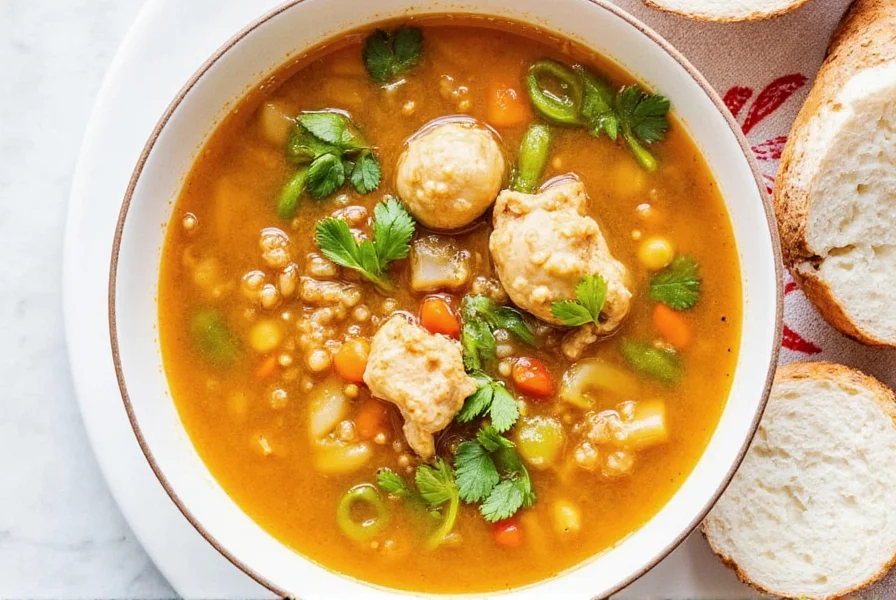









 浙公网安备
33010002000092号
浙公网安备
33010002000092号 浙B2-20120091-4
浙B2-20120091-4